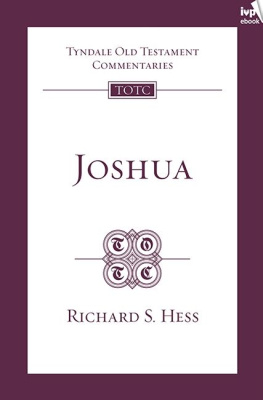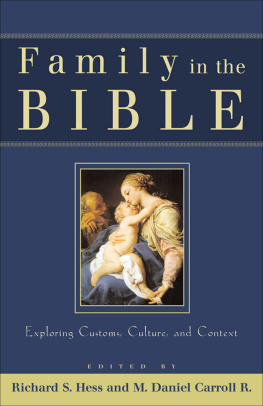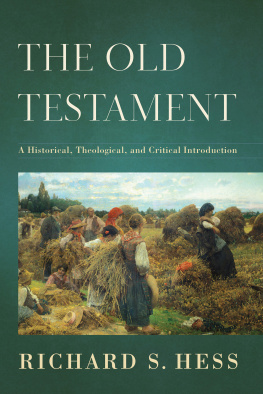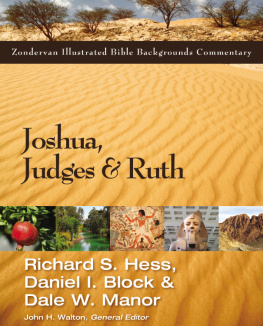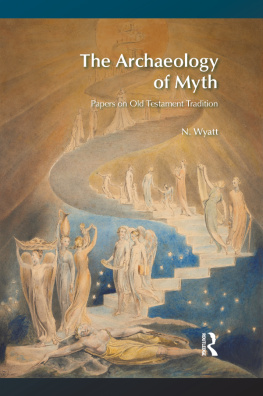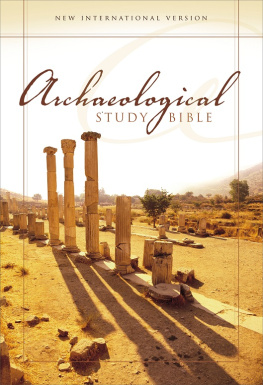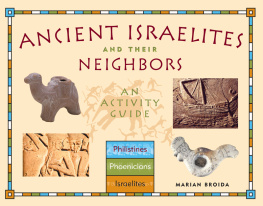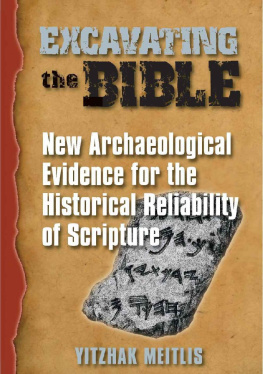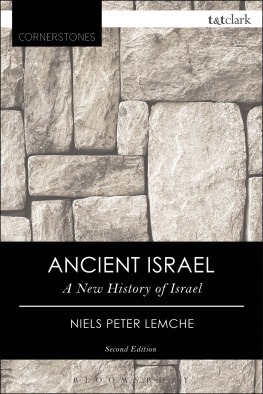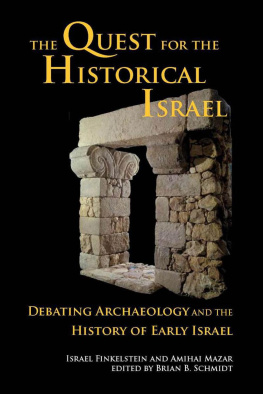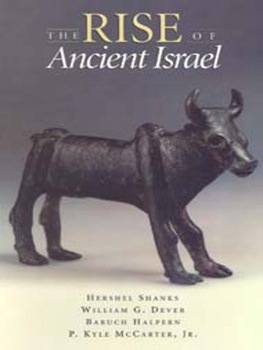Israelite
Religions
Israelite
Religions
An Archaeological and Biblical Survey
Richard S. Hess

2007 by Richard S. Hess
Published by Baker Academic
a division of Baker Publishing Group
P.O. Box 6287, Grand Rapids, MI 49516-6287
www.bakeracademic.com
and Apollos
(an imprint of Inter-Varsity Press)
Norton Street
Nottingham NG7 3HR, England
email: ivp@ivpbooks.com
website: www.ivpbooks.com
Printed in the United States of America
All rights reserved. No part of this publication may be reproduced, stored in a retrieval system, or transmitted in any form or by any meansfor example, electronic, photocopy, recordingwithout the prior written permission of the publisher. The only exception is brief quotations in printed reviews.
Library of Congress Cataloging-in-Publication Data
Hess, Richard S.
Israelite religions : an archaeological and biblical survey / Richard S. Hess.
p. cm.
Includes bibliographical references.
ISBN 10: 0-8010-2717-9 (cloth)
ISBN 978-0-8010-2717-8 (cloth)
1. JudaismHistoryTo 70 A.D. 2. JewsHistoryTo 70 A.D. 3. Bible. O.T. Theology. 4. Bible. O.T.Criticism, interpretation, etc. 5. Bible. O.T.Antiquities. I. Title.
BM165.H47 2007
296.0901dc22
2007012611
British Library Cataloguing in Publication Data
A catalogue record for this book is available from the British Library.
UK ISBN 978-1-84474-190-8
Scripture quotations are from the HOLY BIBLE, NEW INTERNATIONAL VERSION. NIV. Copyright 1973, 1978, 1984 by International Bible Society. Used by permission of Zondervan. All rights reserved.
Contents
The background to this study began in research that I had undertaken in the late 1980s after the appearance of studies concerning newly discovered Israelite inscriptions. Further research revealed a significant growth in the results of archaeological sites excavated and the study of various ancient Near Eastern documents, and a massive increase in the publications in the field of ancient Israelite religion. The former especially focused on newly published documents from Mari, Ugarit, and Emar. The results of all this material appeared to position the study of ancient Israelite religion as one of the most interesting and exciting areas in the study of the Hebrew Bible and the world in which Israel lived.
While I have learned much from my reading and research in this field, I sensed the need for a basic introduction that could provide a survey of methods of research, current syntheses and their relation to both the biblical text and other archaeological and textual evidence, and a critical review of the interpretation of what the religious world of ancient Israel was about. The present volume seeks to provide what may be an interim assessment of this changing and developing field. The choice of materials surveyed and the interpretations and scholars reviewed represents a fraction of the whole discipline. Nevertheless, some selectivity was necessary if the field was to be adequately covered. If the work succeeds at all it will be to provide a stimulus to the reader for further research in one or more aspects of this vast and growing field. It may also assist in making some sense out of the many questions and issues that surround the relationship between archaeological, biblical, and extrabiblical textual evidence. In the end the work should raise more questions than it answers and it is hoped that these questions will open new areas of research and understanding.
It remains to express my gratitude to the many who have made this study possible. I am grateful to Denver Seminary for sabbatical leave during 2004 that enabled me to undertake important research for this work. I thank Dr. Keith Wells, the seminarys librarian, and all the staff who kindly helped me with my every request and assisted my study. I thank my colleague, Dr. M. Daniel Carroll R., who looked over various parts of the manuscript and made helpful comments. I am grateful to the Institute of Biblical Research for the invitation to present the plenary lecture on November 21, 2003, in Atlanta, Iron Age Religion in Israel and Its Neighbors: Any Distinctives in the Extrabiblical Evidence? The interaction and feedback after that lecture provided me with important insights and motivation to pursue the research. In particular, Dr. Theodore Lewis, in his response to the lecture and in his later and more detailed interaction with an early draft of the manuscript, provided invaluable criticisms and perspectives that enabled me to improve this work in ways I would not otherwise have considered. I also thank Dr. Ziony Zevit for his willingness to read through the work and provide me with helpful comments. Further, thanks are due to Dr. Philip Johnston for his careful reading of the manuscript and for his detailed critique. I am grateful as well to Baker Academic for their willingness to publish this work and for the patience of Jim Kinney, Brian Bolger, and others as I attempted to complete it. All statements in this book remain my own responsibility and that of no one else.
I dedicate this work to my daughter, Fiona Jean Hess, whose graduation from college and beginning of seminary studies I celebrated during the years of research on the present work.
1
Introduction
The purpose of this work is to survey the major elements of the study of ancient Israelite religion and the methods that have been used to study them. Interest in Israelite religion has recently enjoyed a renaissance. Why have so many books and articles been written on the subject with no indication of a reduction in their number in coming years? Several factors have contributed to this development: renewed interest in the areas of the history of the study of Old Testament theology; the explosion in the archaeological excavation of what is often called the Holy Land; and the broader philosophical and cultural trends of our era, especially postmodernism.
I begin with the pedigree of the study of Israelite religion vis--vis the study of the Old Testament and especially Old Testament theology. Dissatisfaction with traditional approaches to Old Testament theology can be traced to the end of a major movement in this fieldthe Biblical Theology Movementin the mid-twentieth century. This dissatisfaction, along with a gradual shift away from the pursuit of a single unifying theological principle, led to the identification of a plurality of theologies, whose contradictory approaches and interpretations are nevertheless grouped together within the collection of literature known as the Hebrew Bible.
Thus Israelite religion as a modern discipline turned away from a fundamentally literary task aimed at distilling the principle teachings of the Old Testament for faith, life, andespecially in Christian contextsa connection with the New Testament and Jesus Christ. In place of this, it focused on the growing body of textual and archaeological evidence addressing the subject of ancient Israels life. This result is the second factor contributing to general interest in the religion of Israel. The analysis of cult centers and burials in Palestine emerged with the astonishingly intensive archaeological exploration and excavation of the region that has occurred during the past century. The discovery of cult centers, whether mere assemblages of religious artifacts and altars or larger architectural structures, led scholars to ask how they relate to the inhabitants of the land, and especially to Israel. The same was true of the burial sites, where complements of eating utensils and cultic paraphernalia raised questions about a cult of the dead.
With an increasing accumulation of data there also emerged refined methods for the investigation and typological classification of these two phenomena. Hand in hand with the material remains there appeared significant new inscriptional evidence. While written texts from all periods continue to be studied and published, there is no question but that the evidence from ancient Palestine and its immediate neighbors has created the greatest interest. Above all, those ninth/eighth-century BC inscriptions from the northern Sinai site of Kuntillet 
Next page

